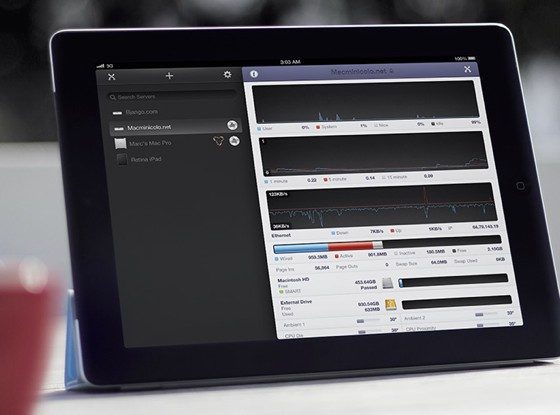
- #Istat server daemon remove install
- #Istat server daemon remove update
- #Istat server daemon remove manual
The data must be in the odmadd/odmget stanza format. (This is an effecive way to back up the data from the object class.) The data will be returned in the odmadd/odmget stanza format. If the query string is omitted, then all data will be returned. Specific queries are supported with the -q option, but it is not possible to limit results to specific "columns" without using another command like grep. Reports system uptime as well as 1, 5, and 15 minute system load Report statistics from the virtual memory subsystem. Reports syscall, signals, and most aspects of system interaction by a process. New topas users may find useful info on the local introduction to topas A trace based profiling tool. topas is often the first tool used in a performance tuning exercise. Topas is a curses-based, interactive, multi-area, general performance reporting tool. See examples at the end of the networking examples section. Packets can be captured with detail or in summary. Packets can be filtered by type, port, interface, address, or other criteria. Requires the RPC daemon (rpc-sprayd) to be registered.ĭisplays general to detailed reports of VM usage on the system as a whole or for individual processes.Ĭapture network packets. Network load generation tool using a remote sprayd daemon. Must be run on a system booted with lock trace reporting enabled. Running the LPAR with reduced memory may be a more popular alternative to this command. Tool to simulate a reduced memory footprint for an application. Show the contents of several system tables from a core file or active kernel. Additional ProbeVue resources are available locally on the ProbeVue List processes Lightweight dynamic tracing tool that utilizes the Vue language. Statistics gathering must be enabled with the -e switch before Reports performance statistics such as interrupts, context switches, min/maj faults, system calls, and processor Reports detailed network, socket, and NFS related statistics over an Show networking status for TCP/UDP through physical layers.Ī tool to measure actual CPU speed ( presumably for CPUs that may go into power Reports detailed statistics on kernel threads. The WPAR flag on this command is -W not I/O statistics on VG structures (as opposed to per-disk statistics). Also reports virtualization-aware statistics such as entitlement consumption and hypervisor calls.

from a running system or a dump of the Reports per-LPAR statistics - primarily memory and CPU utilization. It gives similar info to ls but in potentially more scriptable output.Īn interactive user-space command for viewing kernel structures, memory locations, tables, etc. Results can be viewed with ipreportĪ command line stat() tool. Generate profiling statistics for a Supports I/O statistics on multiple device types, but used primarily as a first line disk I/O statistic reporting Remove IPC (InterProcess Communication) semaphores, message queues, and shared memory List IPC (InterProcess Communication) semaphores, message queues, and shared memory segments Show fragmentation and block / fs usage for a Generate a report of advanced / detailed disk statistics that highlights where I/O was generated and what generated it. Show statistics and device details for FDDI adapters Show statistics and device details for FC HBAs Show statistics and device details for Ethernet adapters A trace based tool for monitoring CPU activity. IStat Server is based on istatd by William Tisäter.Show statistics and device details for ATM CPU Utilization Reporting Tool. resource/rc.d/istatserver /etc/rc.d/istatserver resource/systemd/rvice /etc/systemd/system/rvice You may need to customize them depending on your OS.

Sample scripts for rc.d, upstart and systemd are included in the resources directory.

#Istat server daemon remove install
IStat Server does not install any scripts to start itself at boot. Please stop istatserver if it is running then run the normal build process. Upgrades follow the same process as standard installs. iStat View will ask for this passcode the first time you connect to your computer. It can be found in the preference file, which is generally located at /usr/local/etc/istatserver/nf.
#Istat server daemon remove manual
If you do not want packages installed or updated automatically then please perform a manual install using the instructions below
#Istat server daemon remove update
Quick install will install and update any required packages. Quick Install curl -fsSL -o istatserverlinux.sh & sh istatserverlinux.sh IStat Server is a system monitoring daemon that is used in conjunction with iStat View for iOS and iStat View for macOS to remotely monitor computers.


 0 kommentar(er)
0 kommentar(er)
